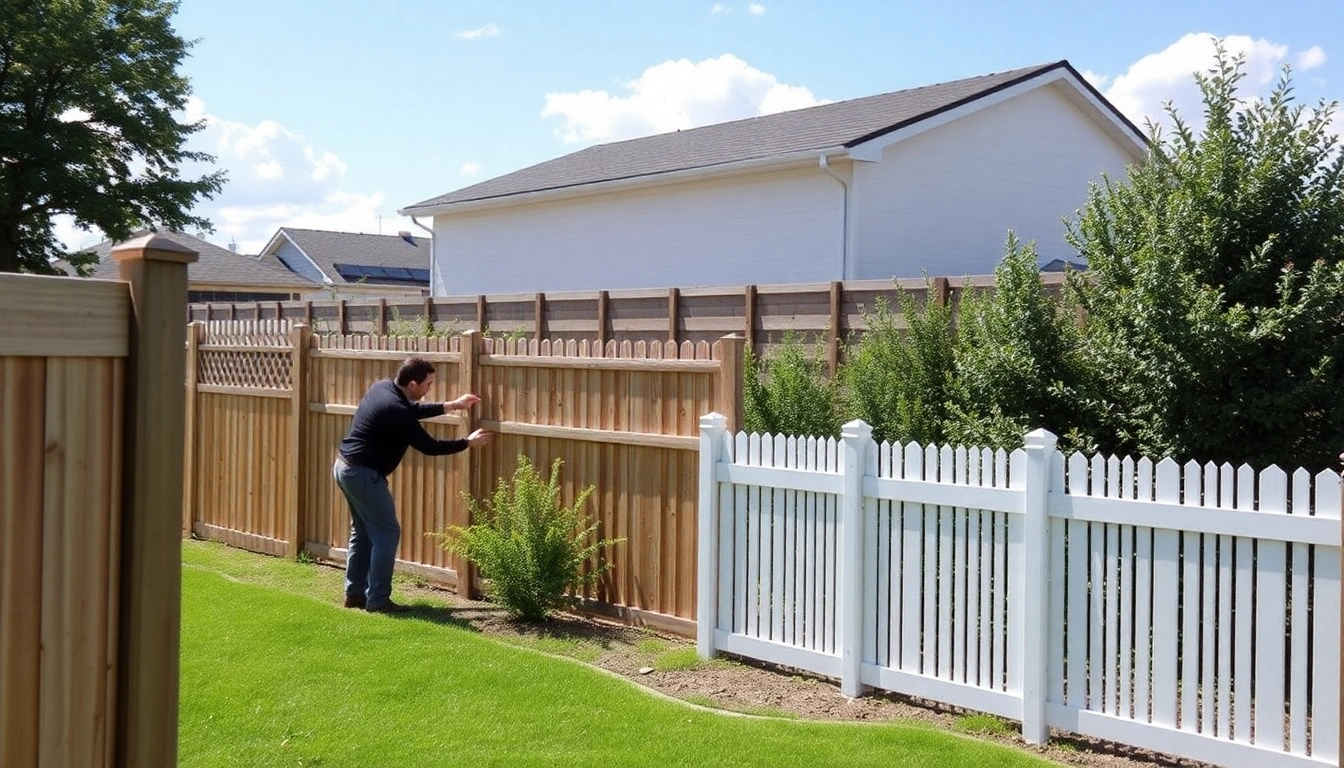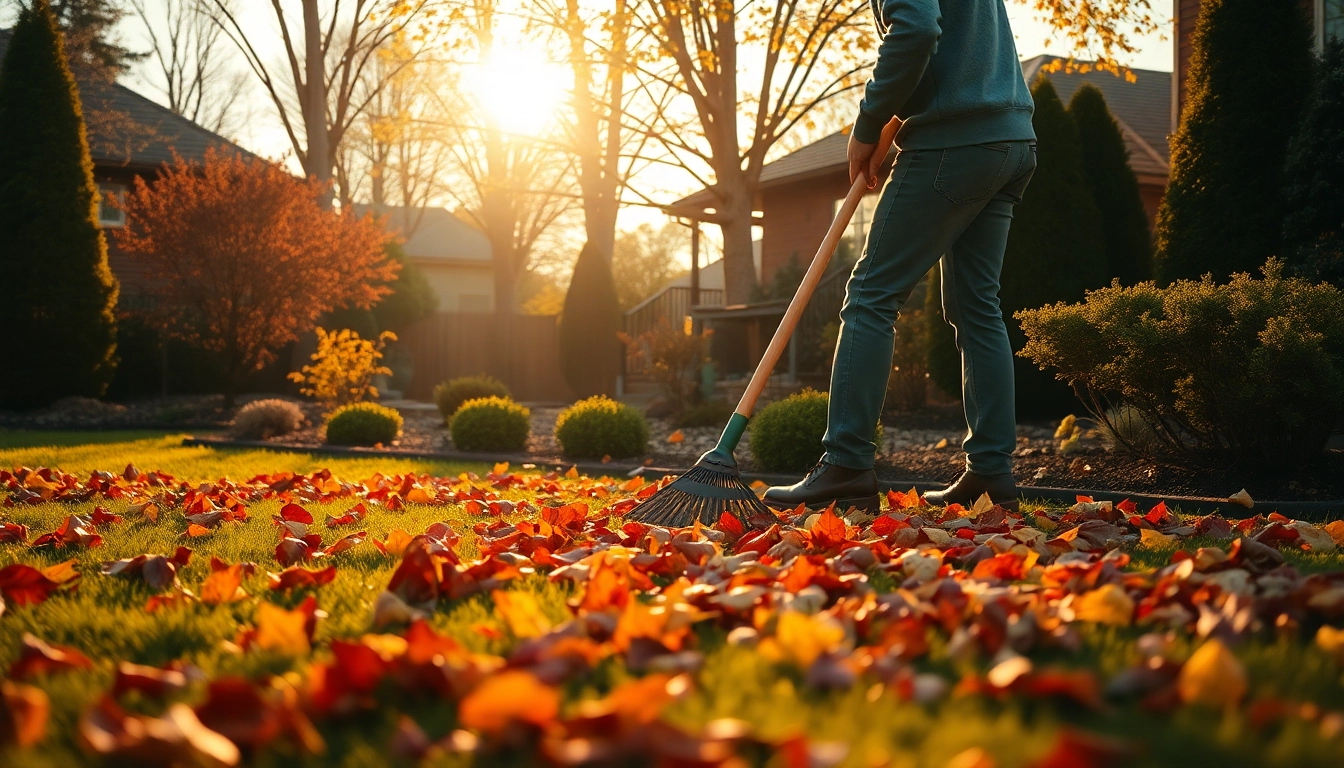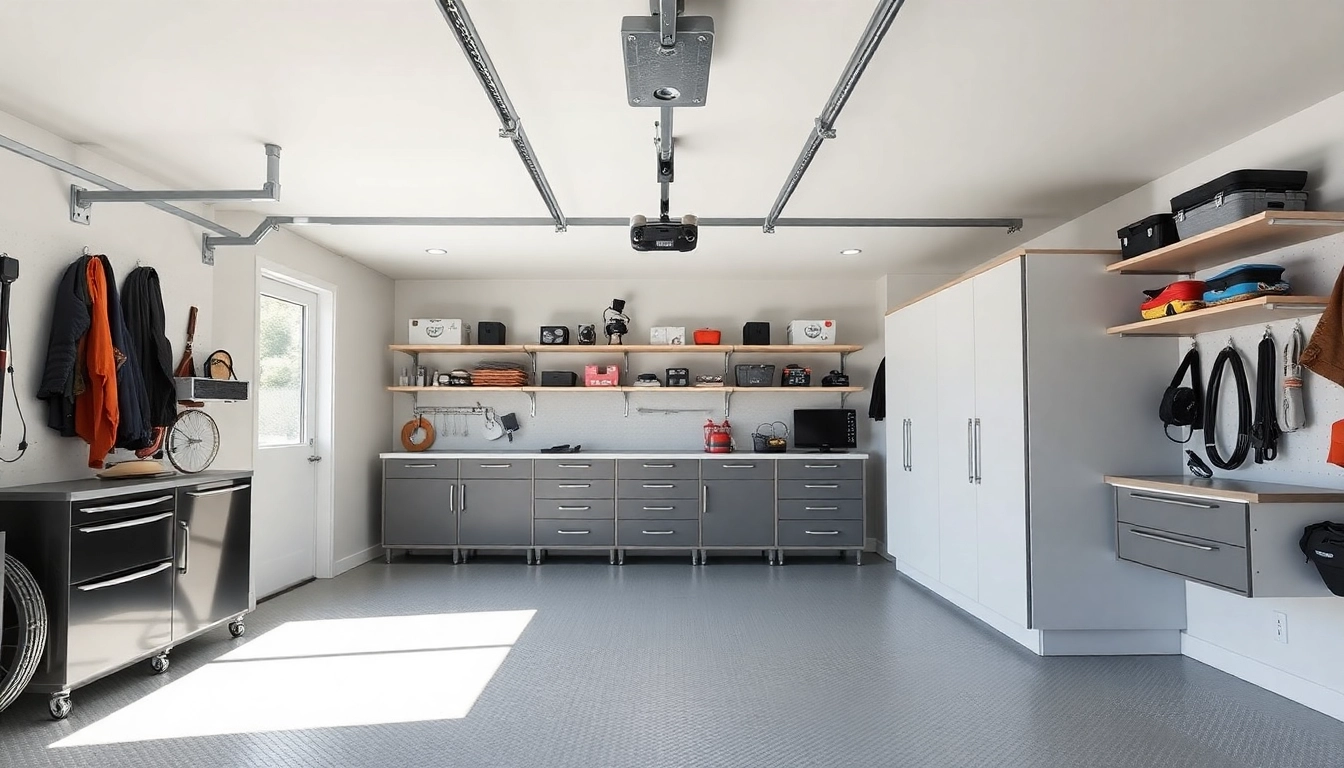What Are Vertikale Gärten?
Definition and Overview
Vertikale Gärten, also known as vertical gardens or living walls, are a revolutionary way to incorporate greenery into urban settings where horizontal space is limited. This innovative gardening technique involves growing plants upward on vertical surfaces, utilizing walls, fences, or specially designed structures to create lush, green displays. These gardens can include various types of plants, allowing for creativity and personalization in design. In a world where urbanization continuously expands, the ability to add natural elements to our living spaces has become not only a trend but also a necessity for both mental and environmental health. For more insights on vertikale Gärten, this article explores their history, benefits, plant selection, installation methods, and creative ideas.
History of Vertical Gardening
The concept of vertical gardening dates back centuries, with early examples evident in ancient civilizations that utilized vertical spaces for growing plants. Historical records show that the Hanging Gardens of Babylon, one of the Seven Wonders of the Ancient World, featured tiered gardens that climbed high above the ground. However, the modern adaptation emerged in the late 20th century, largely credited to French botanist Patrick Blanc, who introduced the idea of living walls in urban architecture. Blanc’s designs have inspired cities worldwide, showcasing how vertical gardens can transform concrete jungles into vibrant ecosystems.
Benefits of Vertikale Gärten
The advantages of implementing vertical gardens extend far beyond aesthetic appeal. They contribute to improved air quality, biodiversity, and urban heat mitigation. Here are some significant benefits:
- Space Efficiency: Vertical gardening optimizes limited space, making it ideal for urban living.
- Improved Air Quality: Plants naturally filter pollutants and produce oxygen, enhancing indoor and outdoor atmospheres.
- Noise Reduction: The foliage acts as a sound barrier, reducing noise pollution in bustling environments.
- Temperature Regulation: Vertical gardens provide insulation for buildings, reducing energy costs by regulating interior temperatures.
- Emotional Well-being: Green spaces, regardless of size, positively impact mental health, fostering a connection to nature.
Choosing the Right Location for Your Vertikale Gärten
Indoor vs. Outdoor Options
Deciding between indoor and outdoor vertical gardens primarily depends on the space available and the intended aesthetics. Indoor gardens offer numerous benefits, such as improved air quality and a calming atmosphere, while outdoor gardens contribute to community engagement and environmental beautification. When considering outdoor locations, ensure sufficient sunlight and water access.
Sunlight and Water Requirements
Plants in vertical gardens have distinct sunlight and water needs based on their species. Most flowering plants and vegetables require full sunlight, while shade-tolerant species such as ferns can thrive in darker environments. Additionally, an effective watering system, either through drip irrigation or misting systems, ensures plants receive adequate moisture without waterlogging the structure.
Space Considerations and Design Ideas
Understanding the dimensions of your chosen wall or structure is crucial for the success of your vertical garden. Analyze the space’s size, light exposure, and visual appeal to design a layout that maximizes impact. Diverse planting strategies, such as tiered arrangements or mixed plant types, can enhance visual interest while ensuring all plants receive adequate light.
Best Plants for Vertikale Gärten
Herbs and Edible Plants
For those keen on cultivating food in vertical spaces, many herbs and edible plants thrive vertically. Varieties such as basil, thyme, and strawberries are great options for urban gardeners seeking fresh produce. Incorporating these plants not only adds a delightful fragrance but also serves practical purposes in culinary applications.
Flowering Plants for Aesthetic Appeal
Flowering plants create a captivating visual impact in vertical gardens. Options like climbing roses, morning glories, and bougainvillea not only provide stunning blooms but also attract pollinators. Choosing plants with varying bloom times ensures that your vertical garden is a vibrant spectacle throughout the seasons.
Low-Maintenance Options
For novice gardeners or those with busy lifestyles, choosing low-maintenance plants is advantageous. Succulents, air plants, and certain types of ferns require less frequent watering and attention, making them perfect for vertical gardens. These robust plants thrive in a variety of conditions, allowing flexibility in placement.
Setting Up Your Vertikale Gärten
Materials and Tools You Will Need
Creating a vertical garden involves selecting the right materials and tools to ensure durability and aesthetic appeal. Essential items include:
- Plant Containers: Lightweight pots or pockets designed for vertical positioning.
- Support Structures: Trellises, grids, or wall-mounted frames that hold the plants securely.
- Soil Mix: A well-draining soil mix that retains moisture while allowing excess to escape.
- Watering System: Options include drip irrigation, hose attachments, or hand-watering tools.
Step-by-Step Installation Guide
Installing your vertical garden can be straightforward with the right steps:
- Choose Your Location: Assess sunlight, visibility, and accessibility.
- Select Plants: Choose based on sunlight needs and aesthetics.
- Prepare the Structure: Install support systems and fill plant containers with your soil mixture.
- Plant: Arrange your plants based on growth patterns and spacing needs.
- Water: Activate your watering system to ensure all plants adapt to their new environment.
Maintenance Tips for Longevity
To keep your vertical garden flourishing, regular maintenance is essential. Monitor water and nutrient levels, prune dead leaves, and watch for pest infestations. Depending on the plant types, you may need to change watering schedules seasonally and replenish soil nutrients as plants absorb them over time.
Exploring Creative Ideas for Vertikale Gärten
Unique Design Themes
Integrating themed designs enhances the beauty and functionality of vertical gardens. Consider creating a herb wall in your kitchen or a floral installation on a patio. Using specific color palettes or plant categories can unify the design, evoking a cohesive and aesthetic environment.
Incorporating Technology In Your Garden
Modern vertical gardens often leverage technology to maximize their effectiveness. Automated irrigation systems can self-regulate based on moisture levels, ensuring optimal growth conditions. Smart gardens, equipped with sensors that monitor light and soil conditions, provide invaluable data that can inform caretaking practices.
Common Mistakes to Avoid
Successful vertical gardening requires careful planning and execution. Avoid the following pitfalls:
- Overcrowding Plants: Giving plants enough space allows for healthy growth and airflow.
- Ignoring Light Requirements: Choose plants that match the light availability of your chosen location.
- Neglecting Watering Needs: Establish a consistent watering routine to prevent stress and root damage.


